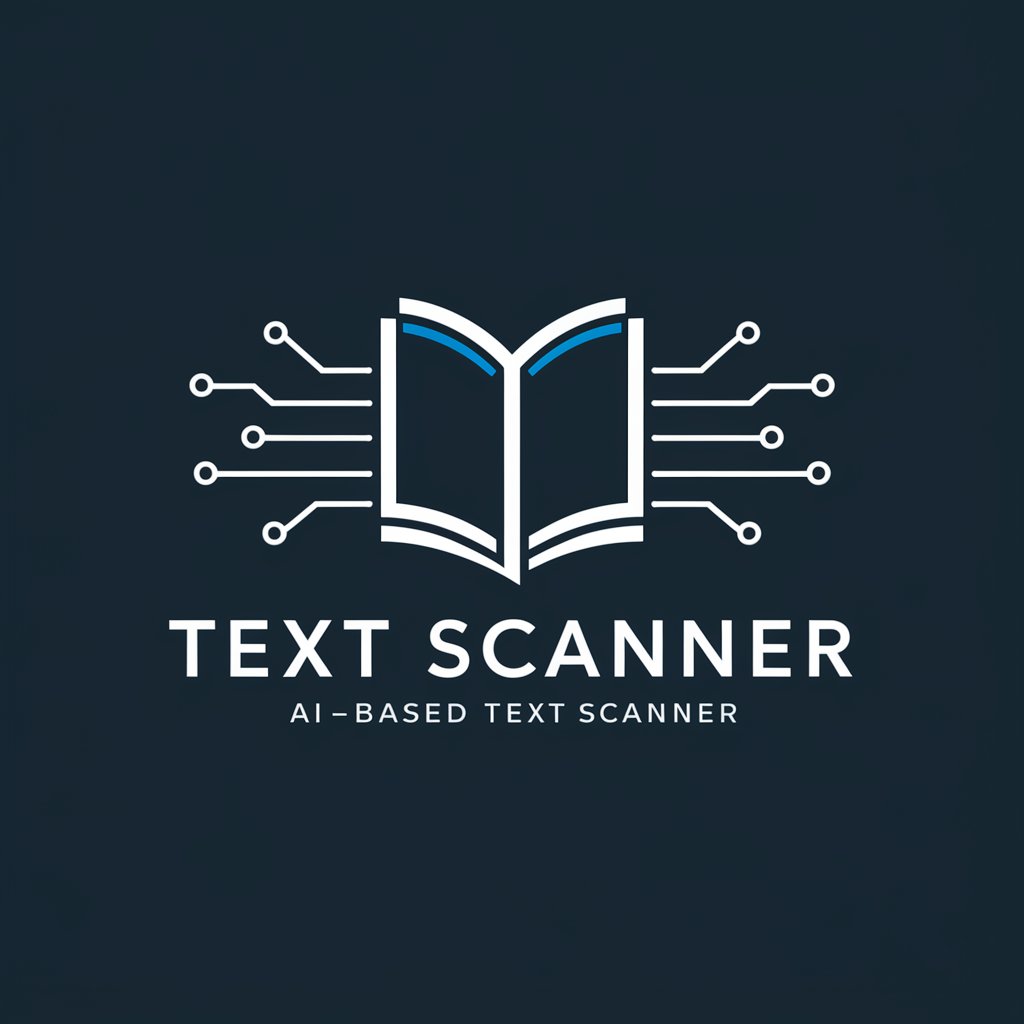Feature Engineering - Feature Transformation Guide

Hello! Let's optimize your data for better modeling.
Enhancing Data, Empowering Models
Please upload your dataset for personalized feature engineering advice.
Are you interested in learning the theory behind feature engineering?
Do you need guidance on handling missing values in your dataset?
Would you like tips on encoding categorical data for your model?
Get Embed Code
Introduction to Feature Engineering
Feature Engineering is a critical process in the field of data science and machine learning, focusing on improving the predictive power of models by creating, modifying, or selecting the most relevant features from raw data. This process involves a deep understanding of both the data and the specific problem domain to identify the most significant attributes that contribute to the predictive models' accuracy. Examples of Feature Engineering include transforming a continuous date field into categorical year and month columns to capture seasonal effects in sales data, or combining multiple variables into a single feature in a financial model to better predict loan default risk. Powered by ChatGPT-4o。

Main Functions of Feature Engineering
Normalization and Scaling
Example
Transforming all numerical features in a dataset to have a standard scale without distorting differences in the ranges of values. This is crucial for algorithms that are sensitive to the scale of data, such as Support Vector Machines (SVM) or k-nearest neighbors (KNN).
Scenario
In a real estate pricing model, feature values range from square footage in the hundreds to the number of bedrooms, usually less than 10. Normalization ensures these features contribute equally to the model's predictions.
Categorical Data Encoding
Example
Converting categorical data into a numerical format to be processed by machine learning algorithms. Common methods include One-Hot Encoding, where each category value is converted into a new binary column.
Scenario
In customer churn prediction, customer's subscription type (e.g., monthly, yearly) is encoded into binary features to capture the impact of subscription type on churn risk.
Handling Missing Values
Example
Techniques such as imputation (filling missing values with the mean, median, or mode) or using algorithms that support missing values to maintain data integrity without discarding valuable data.
Scenario
In healthcare datasets, missing values in patient records can be imputed to avoid losing critical information, which can significantly affect disease diagnosis models.
Feature Selection
Example
Identifying and selecting the most useful features to train the model, reducing dimensionality, and improving model performance. Techniques include filter methods, wrapper methods, and embedded methods.
Scenario
For a marketing campaign effectiveness model, feature selection might identify the most impactful demographics and past interaction features, ignoring less relevant data to focus computational resources on the most predictive features.
Ideal Users of Feature Engineering Services
Data Scientists and Machine Learning Engineers
Professionals who build predictive models and analyze data. They benefit from Feature Engineering to improve model accuracy, efficiency, and interpretability by leveraging domain-specific data transformations.
Business Analysts
Individuals who use data-driven insights to make strategic decisions. Feature Engineering can help them identify and model the most influential factors affecting business outcomes, enabling more accurate forecasts and strategies.
Product Managers
Managers responsible for the development and success of products can use Feature Engineering to better understand customer behavior and preferences, tailoring products to meet market demands more effectively.
Academic Researchers
Researchers in fields like healthcare, economics, and social sciences use Feature Engineering to refine their data for more accurate models, leading to deeper insights and discoveries in their respective domains.

How to Utilize Feature Engineering
Start Your Journey
Begin by exploring feature engineering capabilities without any commitment by visiting a platform offering free trials, such as yeschat.ai, where you can start experimenting without the need for a subscription or login.
Understand Your Data
Before diving into feature engineering, thoroughly understand your dataset. Identify the types of data you have, such as categorical, numerical, or text, and consider the potential transformations needed.
Select Appropriate Techniques
Choose feature engineering techniques that align with your data type and model requirements. For numerical data, consider normalization or standardization. For categorical data, explore encoding methods like one-hot encoding.
Implement and Evaluate
Apply the selected techniques using a data processing library such as pandas or scikit-learn in Python. Evaluate their impact on model performance through validation techniques.
Iterate and Optimize
Feature engineering is an iterative process. Based on model performance and insights, refine your features. Experiment with feature selection methods to identify the most impactful variables.
Try other advanced and practical GPTs
Andrew Darius' FB Ad Copy
Craft Persuasive Ads with AI

Gift Guru
Finding the perfect gift, powered by AI.

ESL မြန်မာ SpeakWise 2.1 - Practise English!
Master English with AI Support

Text Scanner
Unlock Text Anywhere with AI

Histoire de France
Empowering history learning with AI

Architect Tutor
Empowering future architects with AI-driven insights

夸夸大师
Empower Your Day with AI-Driven Positivity

AstroGuide
Empowering Your Life with the Stars

Ideograph Innovator
Empowering creativity with AI-driven design.

Consulting & Investment Banking Interview Prep GPT
AI-powered interview mastery for consulting and banking

le bon coin
Empowering local transactions with AI

Stoic Sage
Empowering modern lives with ancient wisdom.

Feature Engineering Q&A
What is feature engineering and why is it important?
Feature engineering is the process of transforming raw data into features that better represent the underlying problem to the predictive models, thereby improving their performance. It's crucial because the right features can improve model accuracy and interpretability.
How does one handle categorical variables in feature engineering?
Categorical variables can be transformed through techniques such as one-hot encoding, label encoding, or using embedding layers for deep learning models. The choice depends on the model type and the nature of the categorical data.
Can feature engineering help with overfitting?
Yes, proper feature engineering can reduce overfitting by creating more generalizable features, eliminating noise, and using techniques like feature selection to reduce the dimensionality of the data.
What are some common feature engineering techniques for text data?
For text data, common techniques include tokenization, stemming, lemmatization, and the use of vectorization methods like TF-IDF or word embeddings to convert text into numerical form that machine learning models can process.
How do I know if my feature engineering efforts are successful?
The success of feature engineering is measured by the improvement in model performance. This can be assessed through cross-validation, comparing metrics such as accuracy, precision, recall, or AUC before and after the feature engineering process.
